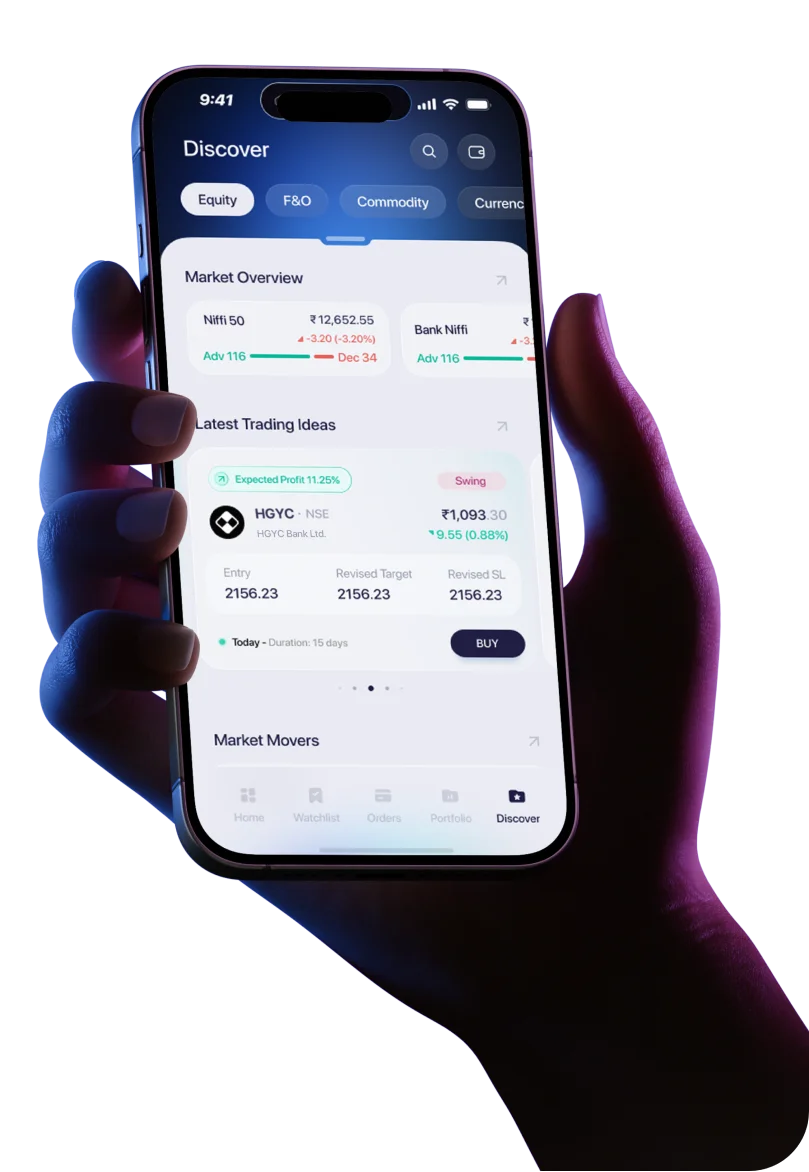Imagine if you could judge whether a stock is overhyped or a hidden gem—all in one number. That’s the power of the P/E Ratio, or Price-to-Earnings Ratio, one of the most widely used valuation metrics in fundamental analysis.
Whether you're new to investing or brushing up on your skills, understanding the P/E ratio is crucial for smart investment analysis. One can evaluate these metrics in real-time and make informed decisions.
In this guide, we’ll break it down with real Indian stock examples, relatable analogies, and pro tips to help you avoid rookie mistakes.
1 What is P/E Ratio?
P/E Ratio = Current Market Price / Earnings Per Share (EPS)
The P/E ratio simply tells you how much investors are willing to pay today for ₹1 of a company’s earnings.
Real-World Example:
If TCS is trading at ₹3,500 and its EPS (earnings per share) is ₹140:
P/E = ₹3,500 / ₹140 = 25
This means investors are willing to pay ₹25 for every ₹1 TCS earned in the past year.
Think of it like buying a money machine: If a machine earns ₹1 every year, would you pay ₹25 for it? That’s essentially what a P/E ratio measures.
3 : Types of P/E Ratios
Understanding different types of P/E ratios adds depth to your analysis:
Type | Based On | Use Case |
|---|---|---|
Trailing P/E | Last 12 months’ earnings | Most commonly used for historical analysis |
Forward P/E | Expected earnings in next 12 months | Used for forecasting future valuation |
Companies with negative earnings, won't show a valid P/E - this is where you need caution.
3: How to Interpret P/E Ratio?
High P/E Ratio Meaning:
- Market expects strong future growth
- OR stock may be overvalued
Low P/E Ratio Stocks:
- Could be undervalued bargains
- Or indicate poor future prospects
Pro Tip: Use Earnings Yield = 1 / P/E
If a company has a P/E of 20, its earnings yield is 5% (1/20). This helps compare it to FD or bond returns.
Higher P/E ≠ Better investment always. It needs context.
4 : When is P/E Ratio Useful?
- Best used to compare companies within the same sector
Example: Infosys vs TCS
- Works well in stable economic environments
- Use with PEG Ratio (P/E to Growth) for deeper insights
PEG = P/E ÷ Expected EPS growth
A PEG < 1 may signal undervaluation
P/E is a relative tool, not an absolute one.
5: When Can P/E Be Misleading?
Negative or Zero Earnings
Swiggy or startups with no profits = P/E becomes N/A
Cyclical businesses like steel or auto
Low P/E during upcycles may mislead investors
Debt-heavy companies
P/E doesn’t reflect financial leverage
Cash flow ignoring
P/E focuses on accounting profits, not cash generated
Always combine P/E with other indicators like debt ratios or return on equity (RoE).
6 : P/E Ratio Comparison Table (Visual Aid)
Example:
Company | Price (₹) | EPS (₹) | P/E Ratio | Sector Avg P/E |
|---|---|---|---|---|
Infosys | 1,500 | 75 | 20 | 22 |
TCS | 3,500 | 140 | 25 | 22 |
Zomato | 130 | -5 | N/A | 40 |
This table helps you compare individual companies vs their sector average. Always ask: Is the stock priced higher or lower than peers? Why?
8 : Final Thoughts: Pros and Cons of P/E Ratio
Pros:
- Simple to calculate and understand
- Great for relative comparisons
- Useful for screening undervalued or overpriced stocks
Cons:
- Misleading during unusual earnings cycles
- Fails with startups or cyclical firms
- Ignores debt levels, cash flows, and other vital indicators
Bottom Line: P/E is a great starting point, not the final word.




 Easy & quick
Easy & quick
Leave A Comment?